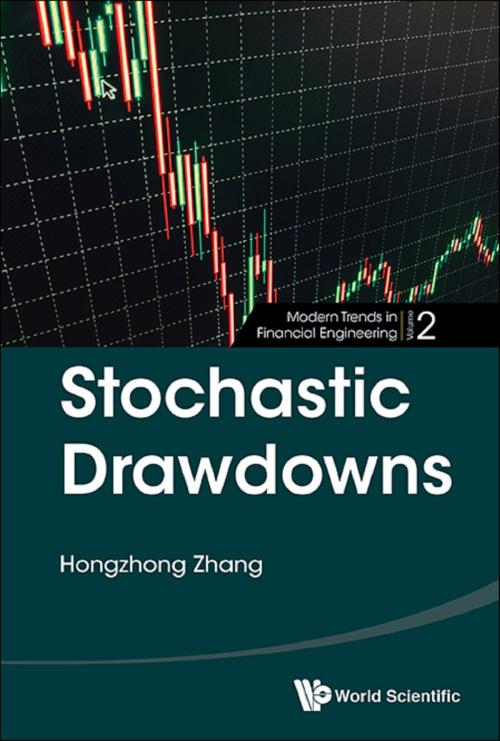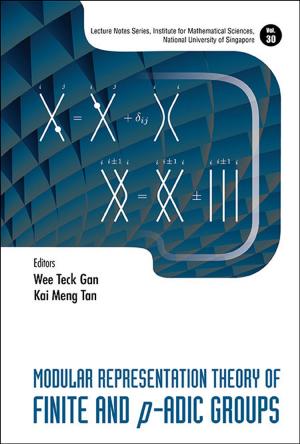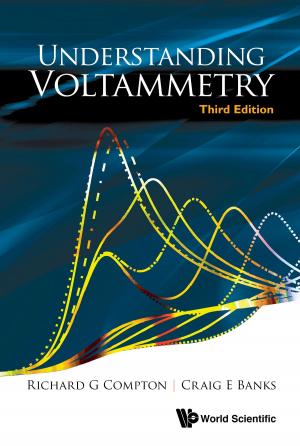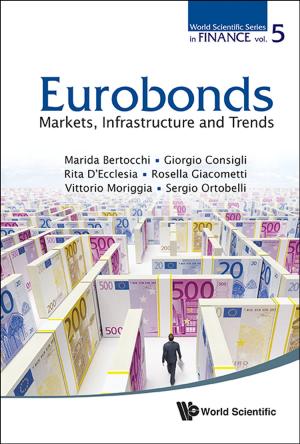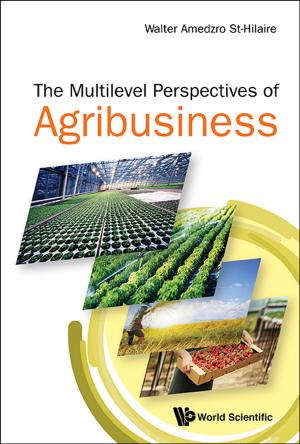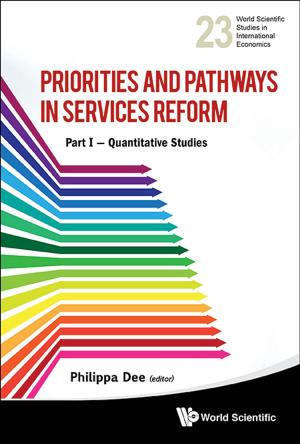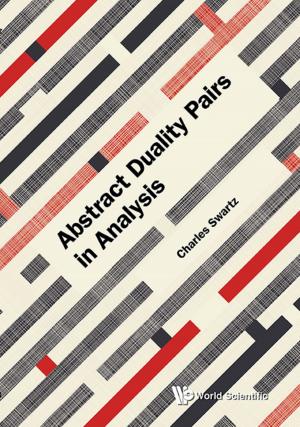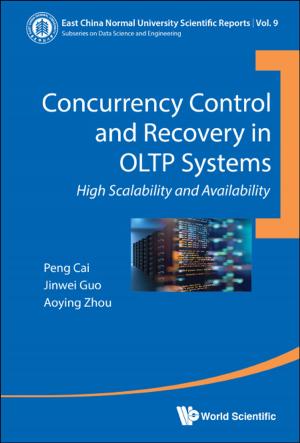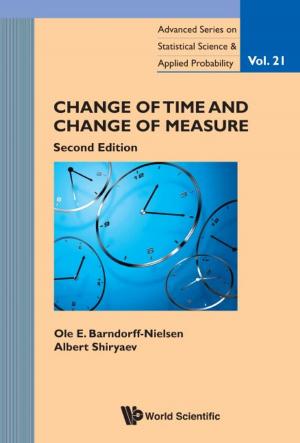Stochastic Drawdowns
Nonfiction, Science & Nature, Mathematics, Logic, Computers, Advanced Computing, Computer Science| Author: | Hongzhong Zhang | ISBN: | 9789813141650 |
| Publisher: | World Scientific Publishing Company | Publication: | May 4, 2018 |
| Imprint: | WSPC | Language: | English |
| Author: | Hongzhong Zhang |
| ISBN: | 9789813141650 |
| Publisher: | World Scientific Publishing Company |
| Publication: | May 4, 2018 |
| Imprint: | WSPC |
| Language: | English |
Stochastic Drawdowns consists of some recent advances on Dr Hongzhong Zhang's own quantitative research of the well-known risk measures, drawdowns and maximum drawdowns. In this book, the author provides an extensive probabilistic study of different aspects of drawdown risks, which include the drawdown risk in finite time-horizons, the speed of market crashes (drawdowns), the frequency of drawdowns, the occupation time (time in distress), and the duration of drawdowns. Leveraging the knowledge in stochastic calculus, Lévy processes and optimal stopping, these topics can be considered as problems in advanced applied stochastic processes, and insurance/financial mathematics.
The book also offers a number of applications of drawdowns in financial risk management, insurance, and algorithmic trading, including schemes on hedging and synthesizing of maximum drawdown options, (cancellable) drawdown insurance contracts and their fair premium, as well as optimal trading under drawdown-type constraints such as trailing stops.
It is the goal of this book to offer a comprehensive characterization of drawdown risks and a handful of applications of drawdown in practice. On the one hand, the book enables interested students and researchers to learn the state-of-art probabilistic research on drawdowns, and explore new mathematical problems that are of practical importance to the financial industry. On the other hand, the book provides financial practitioners with access to a variety of analytically tractable measurements of drawdown risks, and the insight into hedging, optimal trading and execution amid challenges of these risks.
Contents:
-
Introduction
-
Drawdown Measures:
- Drawdowns Preceding Drawups in a Finite Time-Horizon
- Drawdowns and the Speed of Market Crashes
- Frequency of Drawdowns in a Brownian Motion Model
- Occupation Times Related to Drawdowns
- Duration of Drawdowns under Lévy Models
-
Applications of Drawdown:
- Maximum Drawdown Insurance Using Options
- Fair Premiums of Drawdown Insurances
- Optimal Trading with a Trailing Stop
-
Appendix: Briefly on One-Dimensional Linear Diffusions
Readership: Senior undergraduate and graduate students equipped with the knowledge of stochastic processes and financial practitioners who are interested in optimal trading and execution.
Key Features:
- The first book to touch on the advanced quantitative analysis of drawdowns in the current market
- A rigorous and extensive study of drawdowns from a probabilistic point of view
- Addressing of important practical problems related to drawdowns
Stochastic Drawdowns consists of some recent advances on Dr Hongzhong Zhang's own quantitative research of the well-known risk measures, drawdowns and maximum drawdowns. In this book, the author provides an extensive probabilistic study of different aspects of drawdown risks, which include the drawdown risk in finite time-horizons, the speed of market crashes (drawdowns), the frequency of drawdowns, the occupation time (time in distress), and the duration of drawdowns. Leveraging the knowledge in stochastic calculus, Lévy processes and optimal stopping, these topics can be considered as problems in advanced applied stochastic processes, and insurance/financial mathematics.
The book also offers a number of applications of drawdowns in financial risk management, insurance, and algorithmic trading, including schemes on hedging and synthesizing of maximum drawdown options, (cancellable) drawdown insurance contracts and their fair premium, as well as optimal trading under drawdown-type constraints such as trailing stops.
It is the goal of this book to offer a comprehensive characterization of drawdown risks and a handful of applications of drawdown in practice. On the one hand, the book enables interested students and researchers to learn the state-of-art probabilistic research on drawdowns, and explore new mathematical problems that are of practical importance to the financial industry. On the other hand, the book provides financial practitioners with access to a variety of analytically tractable measurements of drawdown risks, and the insight into hedging, optimal trading and execution amid challenges of these risks.
Contents:
-
Introduction
-
Drawdown Measures:
- Drawdowns Preceding Drawups in a Finite Time-Horizon
- Drawdowns and the Speed of Market Crashes
- Frequency of Drawdowns in a Brownian Motion Model
- Occupation Times Related to Drawdowns
- Duration of Drawdowns under Lévy Models
-
Applications of Drawdown:
- Maximum Drawdown Insurance Using Options
- Fair Premiums of Drawdown Insurances
- Optimal Trading with a Trailing Stop
-
Appendix: Briefly on One-Dimensional Linear Diffusions
Readership: Senior undergraduate and graduate students equipped with the knowledge of stochastic processes and financial practitioners who are interested in optimal trading and execution.
Key Features:
- The first book to touch on the advanced quantitative analysis of drawdowns in the current market
- A rigorous and extensive study of drawdowns from a probabilistic point of view
- Addressing of important practical problems related to drawdowns
